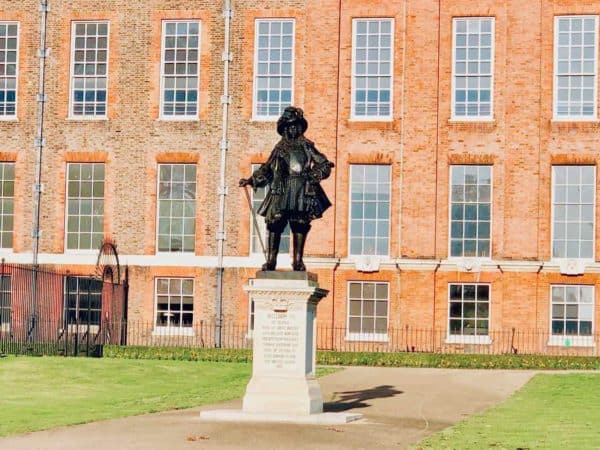The UK’s Nationwide House Price Index reveals that the price of a “typical” home in the country grew by 10% YoY in November, which is a just bit higher than the 9.9% recorded in October 2021 (on a monthly basis, prices surged by 0.9%, up from 0.7% a month earlier), the team at Blend Network noted in their Property Market Monitor Report for December.
Blend Network, a specialist development finance lender, revealed that the data shows that house prices have been “growing by and above 10% every single month since May and last month exceeded £250,000 for the first time.”
But there have been “some signs of cooling in housing market in recent months,” the Blend Network team noted.
For instance, “despite the fact that housing transactions so far this year have already exceeded the number recorded in 2020 with two months still to go (data to the end of October), transactions declined by almost 30% year-on-year in October.”
Robert Gardner, Chief economist at Nationwide, said that this slowdown has been “inevitable given the Stamp Duty holiday expiry at the end of September, which gave buyers a strong incentive to bring forward their purchase to avoid additional tax on their purchases.”
As noted by Blend Network, the Nationwide House Price Index reveals that the price of a typical UK home is now “£37,000 higher than it was before the pandemic in January 2020, that’s 17% growth in the price of an average home.”
So far in 2021, the average house prices “are up by almost £22,000 (or 9.4% year-to-date), close to the average annual salary in the UK.” According to property transaction data shared by HMRC, UK residential transactions saw a sharp decline in October. The volume of residential transactions “was down by nearly 30% year-on-year in October (down by over 50% if we compare October with September this year),” the update revealed.
In addition to the Stamp Duty holiday argument, inflation is “being put forward as another reason supporting higher house prices,” the update noted.
According to PMI data, the UK’s construction industry “hit its strongest pace in four months in November after a slowdown caused by global supply chain problems and labor shortages.” Meanwhile data showed “soaring inflation pressures abated,” the Blend Network team wrote in their blog post.
The update also mentioned that commercial building “led the way as a recovery in the economy led to new projects and infrastructure work also helped to offset a slight slowdown in housebuilding.”
At Blend Network, they are “seeing a steady pipeline of new development loan enquiries.”
For instance, the platform recently “funded the second and last tranche of a £1,100,000 GDV loan to develop a site with locked-up garages into six new houses in Stoke-On-Trent.”
Recent data from the Association of Short Term Lenders (ASTL) “shows the bridging market continuing to deliver strong growth in Q3.” Figures show “bridging applications reached a record high of £7.72bn in Q3, an increase of 4.9% on the previous quarter.”
Research by Savills “commissioned by LDS Sales Guarantees reveals there are more than 135,000 homes in the development pipeline on house-led sites for SME developers in England and Wales, with a latent development value of around £40bn.”
The proportion of homes built by SMEs has “fallen from 39% to circa 10% since 1988,” the update noted.
According to Capital Economics, “limited supply and robust demand will ensure competition between buyers remains intense, driving up house prices further.” And rising mortgage rates will “put the brakes on house price growth further ahead,” the report added.
For more details on this update and references, check here.


